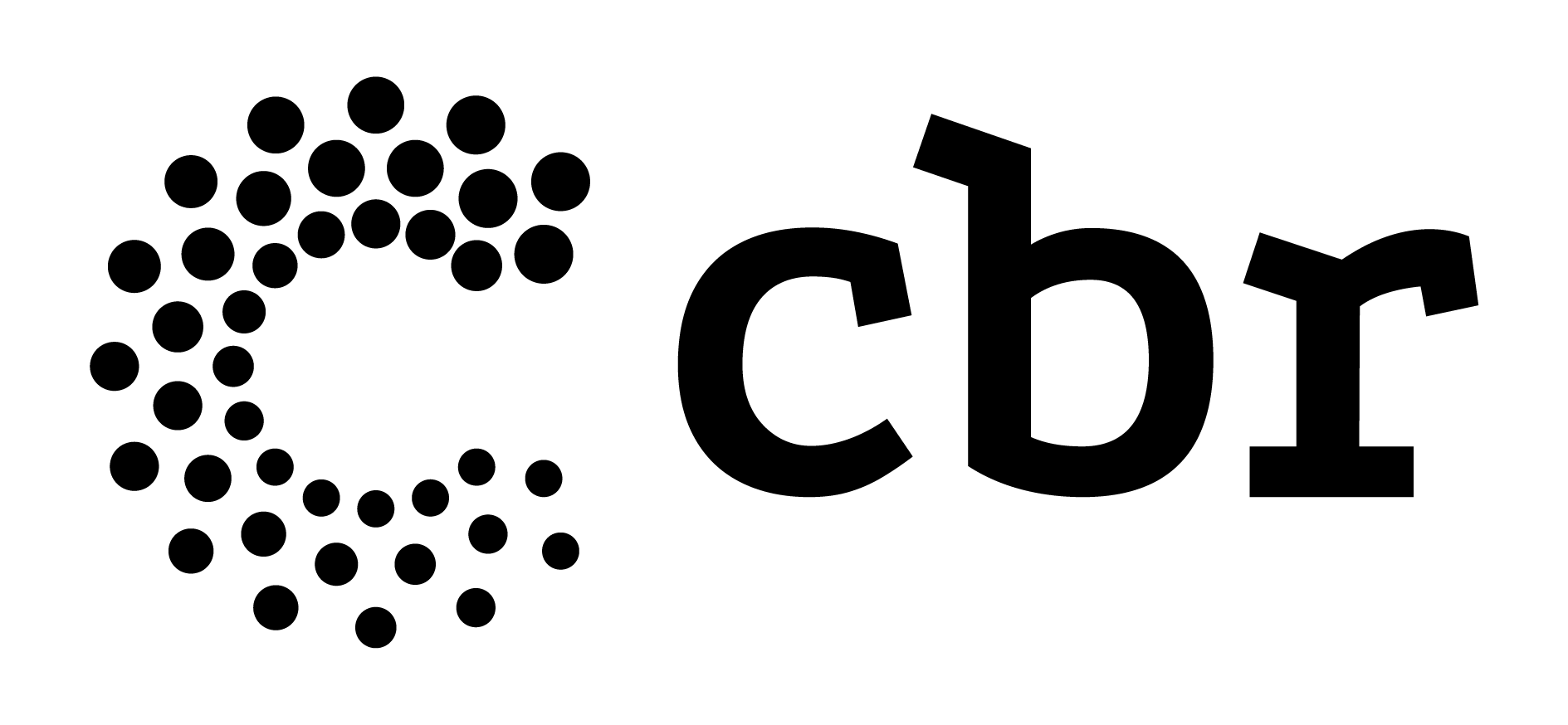Initially, it is necessary to establish a fundamental premise in relation to the object of this article: the exams (films and reports) are an integral part of the patient's medical record, under the terms of CFM Resolution nº 1638/02 and CFM Opinion nº 10/09.
It is never too much to emphasize that the custody of the medical record, in turn, is regulated by Resolution CFM nº 1.821, of 11/23/2007, which establishes, in its article 8, the minimum period of 20 (twenty) years for the preservation of the medical records on paper that have not been microfilmed or digitized, and in relation to the custody of the digitized or microfilmed medical records, this must be permanent, as established in article 7 of the same Resolution.
The report, in effect, is an integral part of the examination. The Law clearly prescribes that medical examination reports are an integral part of the medical record and that they must be archived for a period of 20 years (when on paper) or permanently (when archived in a computerized system).
In this sense, the understanding contained in Process Consultation CFM nº 7.728/08:
“In view of the above, in cases of examinations carried out in radiological units without a link to a hospital, where the patient does not seek to receive them to show them to the requesting physician, the responsibility for custody remains, as they were produced as a result of their specific activities, the provisions of CFM Resolution No. 1,821/07 must be observed. The custody duty in relation to the radiological examination ceases with its removal by the patient, however a copy of the issued report must be filed. One possibility would be to send it by mail to the patient or legal guardian, with acknowledgment of receipt. The personal delivery of the exams must be done according to the protocol.”
On the other hand, in addition to the rules presented so far, it is not expected that an imaging clinic that is not linked to a hospital proceeds with the formation of a conventional medical record, such as that found in hospitals.
In any case, making the examination and the report an integral part of a medical record, as well as the patient's medical record, consent form or any other authorization signed by him, in addition to any other complementary tests used to prepare the report, the clinic to preserve this information that, in effect, will constitute the actual medical record of that patient, including for due legal purposes, if necessary.
Conclusion: all exams (including the respective reports) are an integral part of the patient's medical record and, added to the other documents belonging to the patient (consent terms, other exams, etc.), constitute, in a diagnostic imaging service, the very medical records.
CBR Legal Advice




